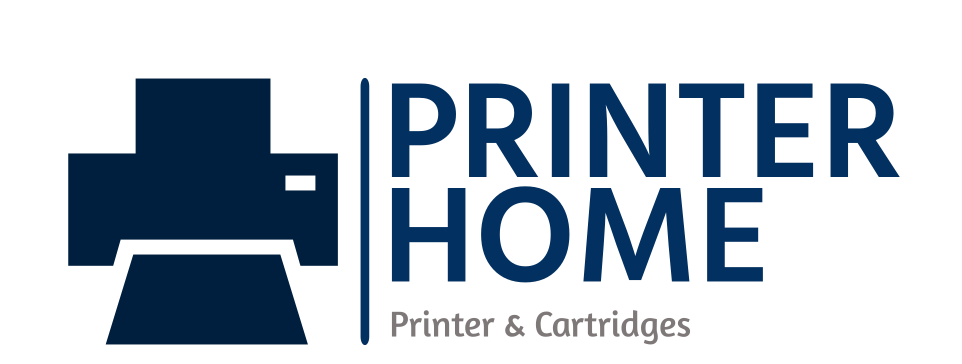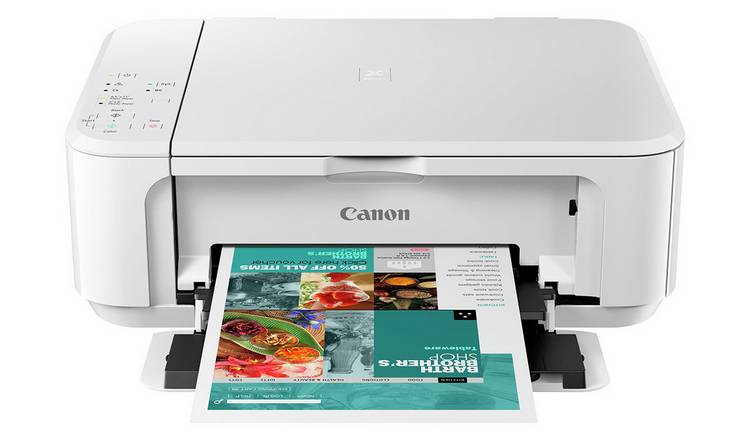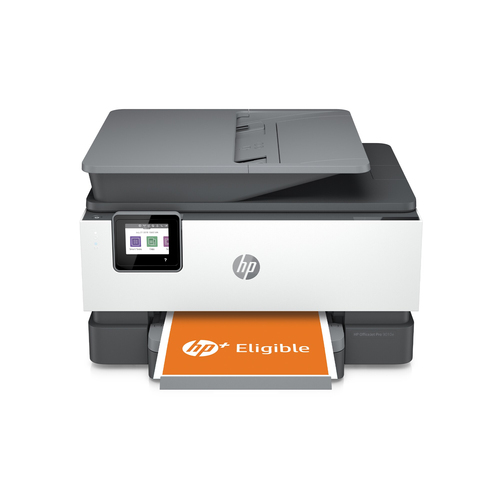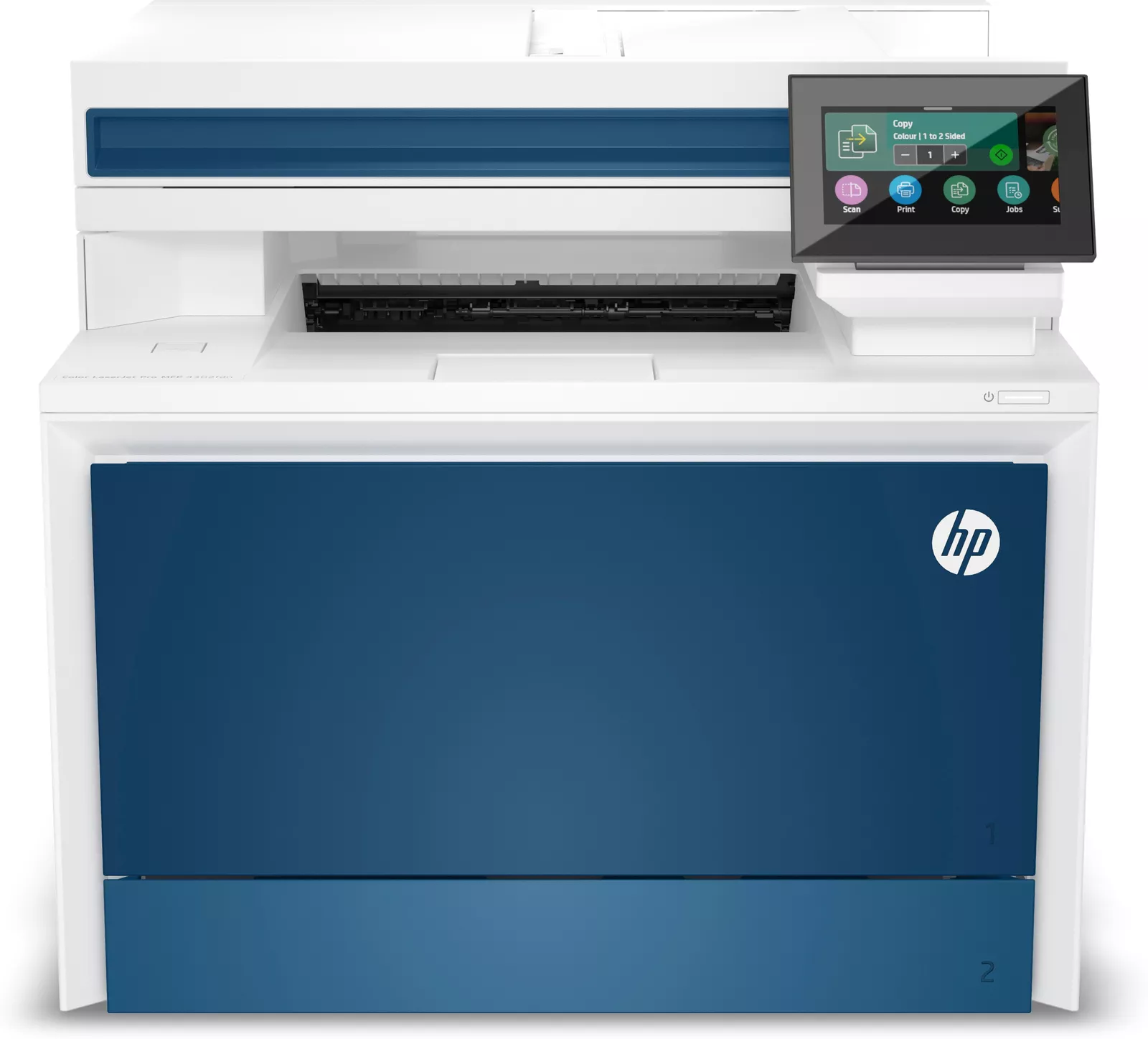Laserjet vs Inkjet Printers
When deciding between LaserJet and Inkjet printers, it’s essential to understand their core differences, strengths, and weaknesses, as each type serves different printing needs.
1. Technology and Printing Method
- Inkjet Printers: These use liquid ink stored in cartridges, which is sprayed through tiny nozzles onto the paper. The ink is either dye-based (for vibrant color) or pigment-based (for sharper text).
- LaserJet Printers: These use laser beams and electrostatically charged powdered toner. The laser draws the document or image onto a drum, which attracts the toner. The toner is then fused onto the paper using heat.
2. Print Quality
- Inkjet: Inkjet printers excel in color accuracy and photo printing. They can produce high-quality, vibrant images, especially on photo paper. This makes them ideal for printing graphics, photos, and any media that demands intricate details and color richness.
- LaserJet: Laser printers produce crisp, sharp text and handle monochrome (black-and-white) documents very well. They tend to struggle with high-quality color images, though color laser printers do exist. However, they’re not as suited for photo printing as inkjets due to the difference in how toner adheres to paper versus how ink is absorbed.
Verdict: For detailed photos and colorful prints, inkjets are the better choice. For sharp, fast text and documents, go with laser.
3. Speed
- Inkjet: Typically slower, especially when printing in color or at high resolution. Some newer inkjets can match laser printers in speed, but they’re generally best for low to moderate printing volumes.
- LaserJet: Laser printers are significantly faster than inkjets, especially when printing large volumes of documents. They handle high-volume, text-heavy jobs like business reports or office paperwork much more efficiently.
Verdict: LaserJet printers are the winners in speed, particularly for larger jobs.
4. Cost
- Inkjet:
- Upfront Cost: Generally cheaper to buy initially, making them popular for home use.
- Running Costs: Ink cartridges can be costly over time, especially if you’re printing a lot. Standard cartridges run out quickly, although some models, like Epson’s EcoTank series, have mitigated this with refillable tanks.
- LaserJet:
- Upfront Cost: Laser printers tend to be more expensive initially.
- Running Costs: While toner cartridges are more expensive than ink, they last much longer. This makes the cost per page lower for laser printers, especially when printing large volumes.
Verdict: Inkjet printers have a lower initial cost, but laser printers are more economical for high-volume printing over the long term.
5. Volume and Usage
- Inkjet: Best for low to moderate printing needs, such as occasional home or photo printing. Inkjets can handle small to medium print jobs but aren’t ideal for large-volume, day-to-day office use.
- LaserJet: Perfect for high-volume environments, like offices that print dozens or hundreds of pages daily. They’re designed to handle heavy workloads efficiently and without frequent refills or jams.
Verdict: LaserJet is better for offices and high-volume use, while inkjets are more suited for home or small office environments with lower print demands.
6. Maintenance and Durability
- Inkjet: Requires regular use to prevent ink from drying up or clogging the nozzles. If not used frequently, maintenance can become an issue. Additionally, frequent cartridge replacements can be a hassle.
- LaserJet: Requires less maintenance since toner doesn’t dry out like ink. Laser printers tend to have a longer lifespan and are more reliable for consistent use.
Verdict: LaserJet printers are generally more durable and require less maintenance, especially over long periods of infrequent use.
7. Environmental Impact
- Inkjet: Ink cartridges are smaller but need to be replaced more frequently. There are some eco-friendly options, such as refillable ink tanks, but standard ink cartridges contribute more to waste over time.
- LaserJet: While toner lasts longer, laser printers consume more energy, especially during the heating process to fuse toner to paper. Toner cartridges are larger but require fewer replacements.
Verdict: Inkjet printers, especially refillable systems, tend to be more environmentally friendly in terms of ink waste, while laser printers are more efficient with fewer cartridge replacements.
8. Paper Handling
- Inkjet: Can print on a wider variety of paper types, including glossy photo paper, textured media, and even some types of fabric. They’re more versatile when it comes to handling specialty papers.
- LaserJet: While excellent for standard office paper and heavier stock, laser printers often struggle with materials like glossy or photo paper. The fusing process doesn’t work as well on these surfaces.
Verdict: Inkjet printers offer better versatility with different media types.
Conclusion: Which One Should You Choose?
- Choose Inkjet if:
- You frequently print photos or images that require high-quality color.
- Your print volume is low to moderate.
- You need to print on different types of paper, such as glossy or textured media.
- You’re budget-conscious in terms of upfront cost.
- Choose LaserJet if:
- You mainly print text-heavy documents.
- You require fast printing speeds, especially for high volumes.
- You’re looking for a low cost per page in the long run.
- You need a durable, low-maintenance printer for office use.
Ultimately, the choice between an inkjet and a laser printer depends on your specific needs—whether that’s high-quality photo printing or fast, efficient document handling.




